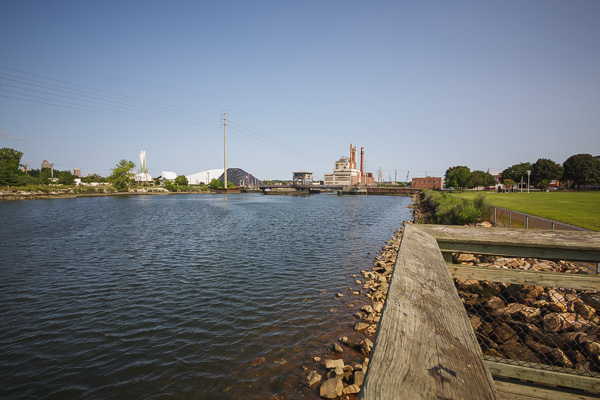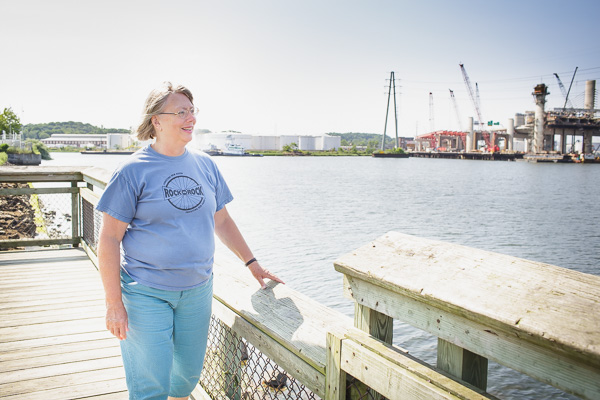Three rivers run through it
Three rivers run through it.

New Haven might not be known as a river city, but in fact it boasts three – the West River, Mill River and Quinnipiac River. A natural buffer for urban dwellers, they offer scenic beauty and access to nature walks and boating. They provide critical habitats for birds, fish and other wildlife. Yet despite their importance and allure, these rivers have suffered substantially from industrialization and urban development – impacts not caused by New Haven alone. The rivers flow through a dozen other towns and municipalities before entering New Haven, including Bethany and Woodbridge to the west and Meriden and Wallingford to the northeast.
In recent decades, strides have been made to stem the tide of pollution. Stricter regulations and mandatory permitting has helped to protect rivers to some degree. But are permits really doing enough?
Taking this question to heart, the Mill River Watershed Association is creating an important new tool to help people understand and use the permit process to protect New Haven’s rivers. Empowered by a $20,000 grant from the Quinnipiac River Fund, the Urban Rivers Permit Project will provide a comprehensive catalog of permits and permit-related regulations for the entire length of each river that flows through New Haven. A single source of permit information will empower river advocates to identify areas of concern and speak out for stronger regulation. The catalogue will include specific discharge and diversion permits, the dates when these permits come up for renewal, and contact information for the associated regulatory agencies. The report will also include summaries of each municipality’s current land use regulations related to waterfront development.
“I don’t think anybody has ever pulled it all together before,” said Mary Mushinsky who is leading the research. “And now I know why.” The report quickly grew to more than 40 pages and includes listings for at least 6 industrial discharges, 6 public sewage treatment plants, 477 stormwater permits, 11 diversion permits, as well as pre-existing diversions in 10 different streams flowing to these rivers.
Industries that discharge or divert water are the most obvious potential sources of pollution. Harder to pinpoint and monitor are the more widespread and debilitating affects of land use development. Polluted runoff from parking lots, roads and other impervious surfaces ultimately flows into the rivers, raising bacteria counts and causing violations of various other water quality standards. The Urban Rivers Permit Project hopes to encourage towns with fewer regulations to adopt best practices that can protect and improve rivers. Even a small regulatory change, such as a requirement that subdivisions leave vegetated buffers near waterways, can make a big difference.
The volunteer-led Mill River Watershed Association was formed in 1999 when the Lake Whitney Water Treatment Plant was first proposed. While they still champion the Mill River, their focus has broadened to include empowering effective advocacy for all of New Haven’s rivers – a fitting aim for the Association’s proposed new name: River Advocates of Greater New Haven.

Mill River Watershed Association’s president Cordalie Benoit
